Darkening System Pre and Post Race Season
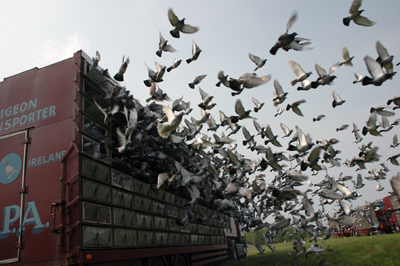 Adding Light
Adding Light
Two weeks before the first race, I make another change and put the birds on sixteen hours of light. The birds wake to a natural sunrise, but I turn lights on in the coop with a timer and then shut them off at 10:00 p.m. with the timer. This is the easiest part of the system, since the timer can take care of the lights without any interference from me.
Adding the extra lights, lengthens the day for the birds and tricks them into believing that it is still summer time. Consequently, the birds do not begin to prepare for winter as they do on the natural system. They don’t need to, since they have already gone through the body moult.
I leave the birds together for the first race and then seperate them into hens and cocks on the evening after the first race. I continue to train the birds several times a week, but I have to switch to afternoon training tosses. Having the birds in two groups requires that someone be at home who can close the front to the hen loft and open the front to the cock loft so that the birds don’t end up in the same pen.
By this time, school has started so I train as soon as I get home from work and my kids help me out by switching the loft fronts for me. It is difficult, but I can usually work two tosses in each week and still manage to get to several soccer games and practices with my kids.
The Race Season
Once seperated, the hens and cocks get let out at seperate times to fly around the loft. If I don’t take them on a training toss, I let them out to fly around the loft. Most days they will take off and fly for up to an hour before returning to the loft to eat. I still feed just once a day after they have flown or been trained. I don’t let the birds fly on Friday or do training tosses on that day.
I again get to spend a lot of time with the birds as they eat and drink. I continue to clean the lofts almost every day. For me it is easier to do it regularly and clean up just a little than to let it all build up and have to really work to get it clean. It pays off so much in the better health of the birds.
On Friday afternoon, I let the hens and cocks get together for about an hour before I crate them to go to the club. I make sure the birds eat and drink before I crate them. I adjust the feed depending on what the conditions for the race are supposed to be. If it is going to be a harder race, I feed more heavily. For an easier race, I feed less.
Making sure the birds get the right feed at the right time during the race week is a skill you have to learn. Every race is different. The weather, the temperature, the wind, all make a difference on the condition of the birds when they return to the loft. How I feed the birds, has a big effect on how the birds recover from a race and how they prepare for the next one. Just like an athlete has to be careful with his diet, I have to prepare my flying athletes to be ready to do their best.
Usually I start with light food immediately after a race and then increase the amount of protein on Monday through Wednesday. Peas and corn have a lot of protein in them which helps to build muscle, but it won’t help to feed it on Friday right before a race. By then, it does not have time to digest properly. On Thursday and Friday, I feed less protein and more carbohydrates. This provides the energy the pigeons need for the race.
I try to handle the birds as little as possible on race day. I don’t want to stress them in any way. Since the birds at this age don’t have a permanent mate, I don’t worry so much about which birds stay or go, like I do with the old birds. I try to send those that look and feel the best. If the bird is stressed for any reason or not in good condition, I will leave it home. I always have plenty of birds.
When the birds arrive home from the race, I allow both sexes to mix within the entire loft. They are like teenagers strutting their stuff. They haven’t settled down with a permanent mate. They all seem to play the field and flirt with many different birds. I allow them to stay together for several hours, then seperate all of the birds again. Those that arrive home early, get the most benefit from this experience. If they come home late, they miss out.
Using the Darkening System, I get great results on the returns. On many of the races over the past years, I have had ten to twelve birds on the first drop. I rarely get a single bird on the first drop.
After the Season
At the end of the race season, I return the birds to a natural day and night. I keep the birds seperated by sex, since I don’t want them to begin mating. This would cause additional stress on the birds and put them at risk of getting sick.
The birds will begin the moult really fast as their day has suddenly gone from a long summer day of sixteen hours to a shorter autumn day of about twelve hours or less. The birds will moult the body feathers again and they will moult the wing flights. A few birds will have already begun the wing moult, but most of mine have not started this yet.
The birds seem to just fall apart at this time, but they get through it rather quickly. Again, I try to keep the loft really clean during this time to prevent the birds from getting sick. There is considerable dust with the huge loss of feathers, so at the very least I sweep the loft every day.
I return the birds to the 22 percent turkey grower pellets for this time while they are moulting. It seems to help them get through the moult easier. They have the extra protein available that they need to grow the new feathers, but in a form that is much easier to digest than peas and corn. I always give the birds plenty of grit as well.
Darkening System Pre and Post Race Season By Craig Goode
The Leading Online Pigeon Racing and Racing Pigeons Magazine – The Pigeon Insider

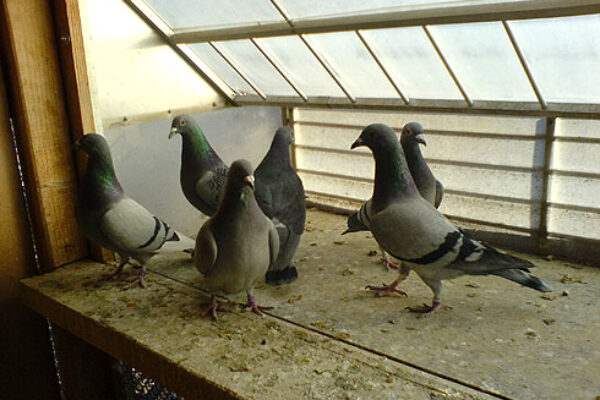

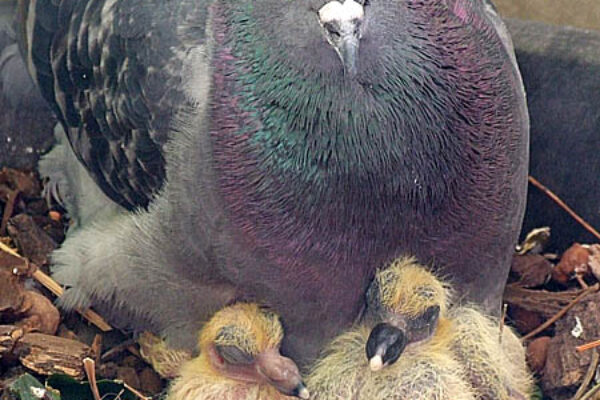
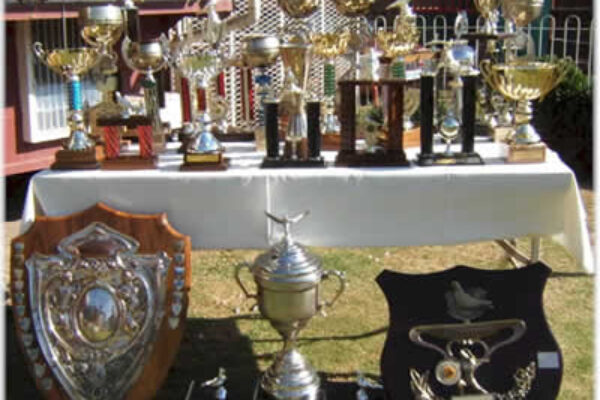
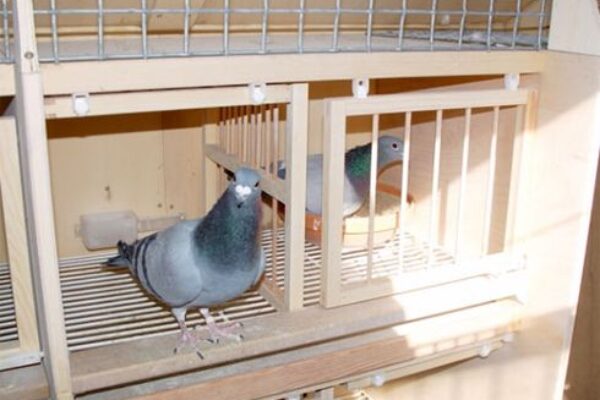
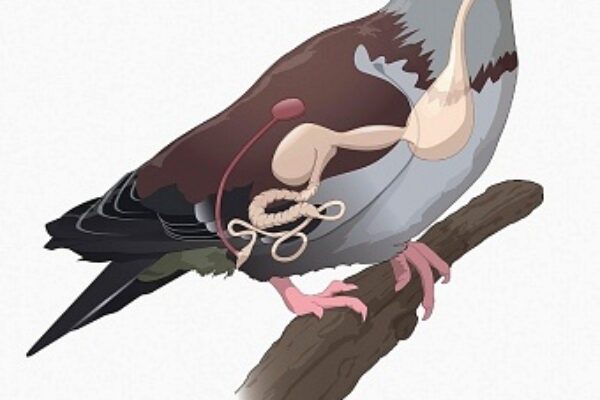


HI. I have done darkening system and that was good.thank you so much.
I plan on using this system. Thank you!
Hi Craig this was a good article i may try this system next year Brad.
Hi If Albert Mare reads this please contact me in New Zealand 021-1021075, would be great to chat, Ray